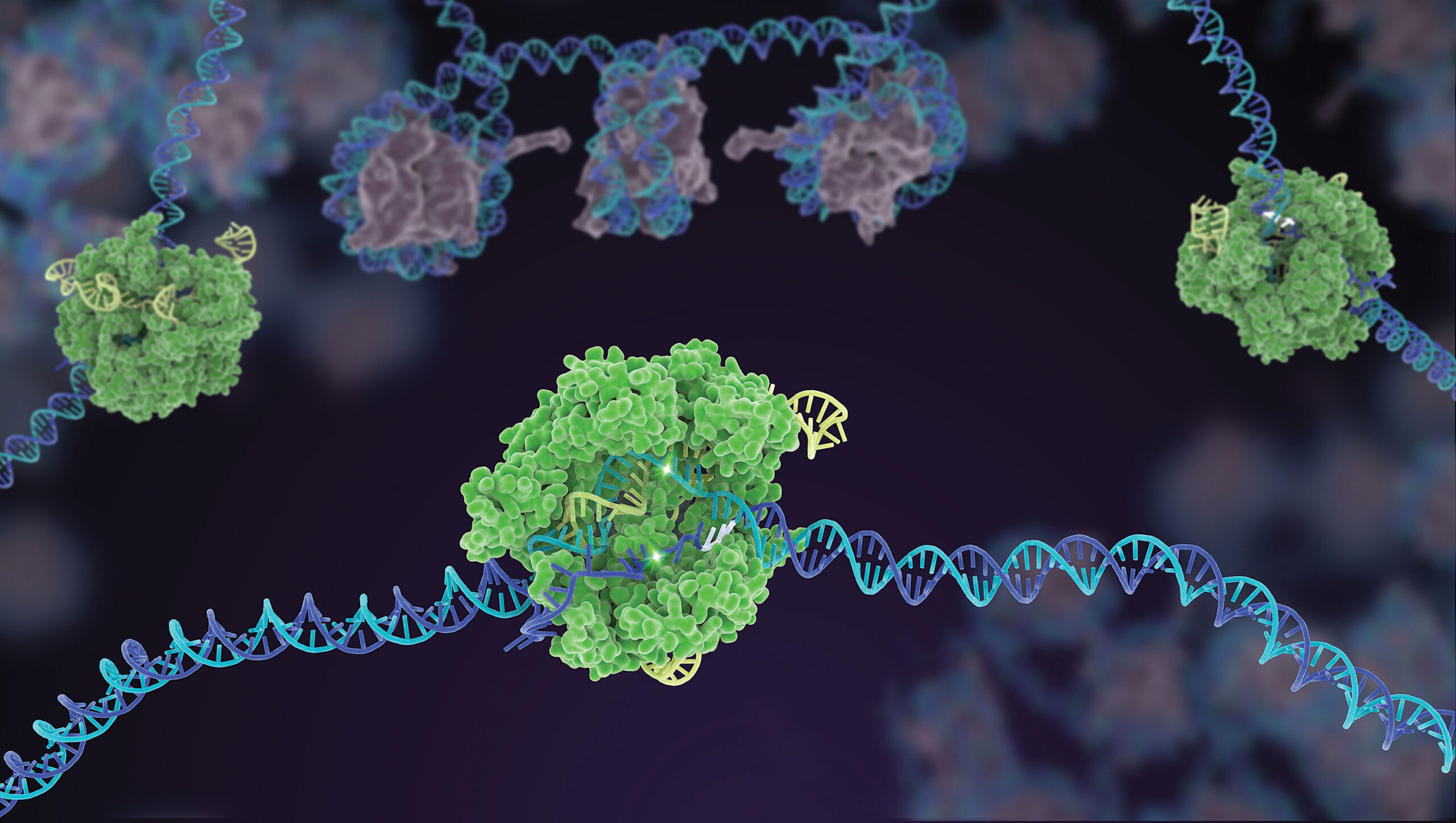The CRISPR-Cas system, particularly the Cas9 protein, has been pivotal in genome editing, offering precise DNA cutting capabilities with vast potential in various fields. However, beyond Cas9, there are other CRISPR systems and technologies that hold promise for diverse applications.
1. CRISPR-Cas Systems Overview
- CRISPR Fundamentals: The CRISPR-Cas system is an adaptive immune system found in microbes to defend against nucleic acid invasion like viral genomes.
- Genome Editing: CRISPR-Cas9 technology has revolutionized biological sciences by enabling precise genomic DNA editing with the potential to cure genetic diseases.
2. Innovations and Applications
- Enhanced Specificity: Modifications of sgRNAs and Cas9 proteins have been developed to improve the specificity of CRISPR-Cas systems4.
- Delivery Methods: Various forms of delivering Cas9 nucleases, such as DNA plasmids, mRNA, or recombination proteins, are being explored for efficient genome editing.
3. Future Directions and Applications
- Dead-Cas9 System: Introducing mutations into Cas9 proteins has led to the development of nuclease-dead Cas9 (dCas9) for applications like gene silencing and diagnostics.
- CRISPR Diagnostics: CRISPR-based diagnostics offer a simple, fast, and cost-effective method for detecting various diseases with potential for home use kits.
4. Potential Beyond Gene Editing
- Gene Transcription Regulation: Researchers are investigating ways to use CRISPR for promoting gene transcription by deactivating Cas9 and recruiting transcriptional activators.
- Visualization Techniques: Novel ideas involve attaching fluorescent proteins to CRISPR complexes for visualizing DNA sequences within cells, aiding in genome architecture studies
What are the different types of crispr systems ?
CRISPR-Cas systems are classified into two classes (I and II) and further divided into six types (I-VI). Class I systems are more complex and consist of multi-subunit crRNA effector complexes, while Class II systems are simpler and use a single crRNA effector complex. Class I systems are further divided into type I, III, and IV, while Class II systems are divided into type II, V, and VI.
Type I CRISPR-Cas Systems
Type I CRISPR-Cas systems are characterised by the presence of Cas3, Cas4, Cas5, Cas6, and Cas7 proteins. They are further divided into subtypes I-A, I-B, I-C, and I-D.
Type II CRISPR-Cas Systems
Type II CRISPR-Cas systems are the most widely used due to their simplicity and efficiency. They consist of Cas9 and Cas1 proteins and are further divided into subtypes II-A, II-B, and II-C.
Type III CRISPR-Cas Systems
Type III CRISPR-Cas systems are further divided into subtypes III-A (Csm module) and III-B (Cmr module). They use crRNAs produced from CRISPR arrays and are involved in targeting DNA or RNA.
Type IV CRISPR-Cas Systems
Type IV CRISPR-Cas systems are less common and are not well characterised. They are found in plasmids and lack genes like Cas1 and Cas2 that encode the CRISPR-Cas mediated defence system.
Type V CRISPR-Cas Systems
Type V CRISPR-Cas systems use the Cas12 enzyme, which causes a ‘staggered’ cut in double-stranded DNA, producing ends with a single-stranded overhang. They require only a CRISPR RNA (crRNA) for successful targeting.
Type VI CRISPR-Cas Systems
Type VI CRISPR-Cas systems are further divided into subtypes VI-A, VI-B, VI-C, and VI-D. They are characterised by the presence of Cas9 and Cas10 proteins
What are the limitations of crispr-cas9 ?
The limitations of CRISPR-Cas9 gene editing include:
- Delivery Limitations: Successfully delivering the CRISPR-Cas9 complex into cells to induce desired edits can be challenging. Various methods like electroporation, lipofection, microinjection, nanoparticles, and viral plasmids are used for CRISPR reagent delivery.
- Efficiency Limitations: CRISPR-Cas9 may face efficiency limitations, especially when the goal is to insert material into a gene through homology-directed repair (HDR). Improving HDR efficiency rates has been a focus for researchers to enhance gene editing precision.
- Off-Target Effects: Off-target effects occur when the Cas9 nuclease edits unintended sections of the genome, leading to unwanted alterations. Predicting and reducing off-target effects pose a significant challenge in CRISPR-Cas9 experiments.
What are the advantages of using type ii crispr-cas systems over other types ?
The advantages of using Type II CRISPR-Cas systems, particularly Cas9, over other types include:
- Simplicity and Efficiency: Type II systems, such as Cas9, are simpler and more straightforward to use compared to other CRISPR systems. This simplicity contributes to their widespread adoption and efficiency in gene editing applications.
- Versatility: Cas9 is highly versatile and can be used for a wide range of gene editing applications, making it a valuable tool in biotechnology and medicine. Its versatility allows for precise modifications in various organisms and cell types.
- Precision: Cas9 offers high precision in gene editing, enabling researchers to target specific DNA sequences with accuracy. This precision is crucial for minimising off-target effects and ensuring the desired genetic modifications3.
- Broad Applications: Type II CRISPR-Cas systems, especially Cas9, have been extensively studied and applied in diverse organisms, including mice, yeast (Saccharomyces cerevisiae), bacteria (Corynebacterium glutamicum), and insects (Bombyx mori). This broad applicability highlights the effectiveness and utility of Type II systems in various genetic manipulation studies.
CONCLUSION :
In conclusion, while CRISPR-Cas9 has revolutionized genome editing, exploring other CRISPR systems opens new avenues for innovation. Type II CRISPR-Cas systems, like Cas9, offer simplicity, efficiency, versatility, and precision, making them invaluable in various genetic applications. However, addressing delivery limitations, enhancing efficiency, and minimizing off-target effects remain crucial for maximizing the potential of CRISPR technologies. Embracing diverse CRISPR systems promises to further advance biotechnology and medicine, ushering in a new era of genetic manipulation and understanding.
Citations:
[1] https://eu.idtdna.com/pages/education/decoded/article/crispr-cas9-what-are-the-pros-and-cons
[2] https://www.frontiersin.org/articles/10.3389/fmed.2021.649896/full
[3] https://www.synthego.com/blog/beyond-crispr-methods
[4] https://molecular-cancer.biomedcentral.com/articles/10.1186/s12943-021-01487-4




